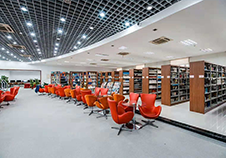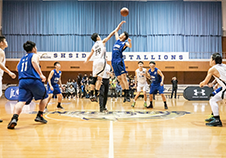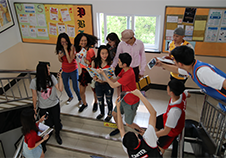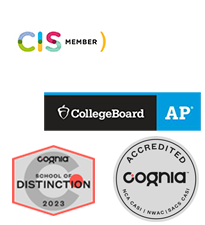
News
Puxi Campus G8: Rational Decision-Making
Last week, our 8th grade students learned a valuable lesson in the importance of decision making. The classes started with the students doing a bell-work activity, in which they counted the amount of decisions that a person makes in a single morning before going to school. This warm-up activity helped students realize how many decisions they make every day, and that they would be soon making a very important decision: choosing their curriculum for 9th grade.
First, the students reflected on what kind of decision-maker they usually were, and shared their experiences with the class. Afterward, they engaged in an online card game, where they rated various things (for example, knowledge or honesty) on a scale of low to high importance.

Second, they learned about the many types of biases, which included confirmation bias and a biased views of themselves. In this exercise, some students realized that the reason that they were procrastinating before doing homework was that they were too biased with their view of themselves, assuring themselves that they could easily finish their homework quickly, therefore holding off on doing it and procrastinating. Another important concept that the students learned was the idea of the “sunk cost fallacy” — a flawed ideology that if you put in a lot of effort into doing one thing, it’s not worth switching to another thing afterwards. This can occur even after stopping and realizing a wrong choice, holding steadfast to the idea that it is better to commit to a flawed decision.

Last but not least, the students were taught that every decision has consequences, and that no decision fails to bring about change. This life lesson is a necessary concept that is universal across all individuals. Even inaction is a type of action, so the students concluded that even if they didn’t know how to make a decision, that they should weigh the possible consequences of each action and choose their preferred choice. In other words, hesitation and procrastination may be as detrimental as making a less-than-ideal decision. The students were also introduced to the “ABC model” of thinking, also known as the Cognitive model. The ABC model stands for Adversity, Beliefs, and Consequences. Different ways of thinking lead to different choices and results, so the students need to keep an open mind and growth outlook towards life and their futures.

This curriculum teaches our students that every decision is imperfect, and that we should all learn to apply a scientific mindset to make rational choices.
Written by 8-10 Jessie
Supervised by Zhang Xinyi
Pictures by G8 Photography Service Learning Group
Edited by Cong Luo, Bianca Noguera











